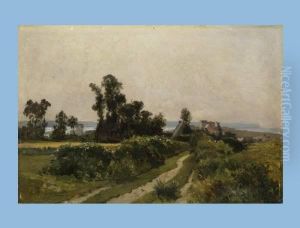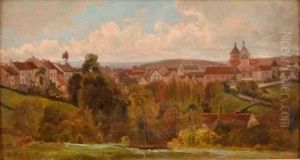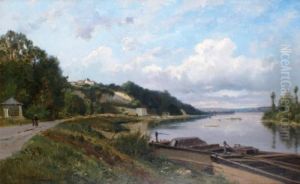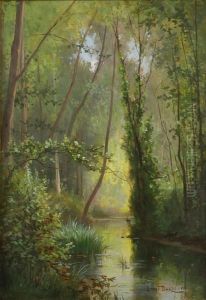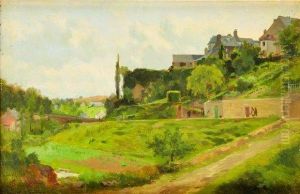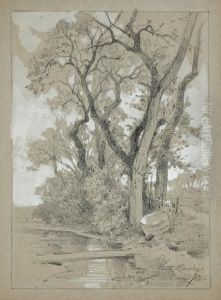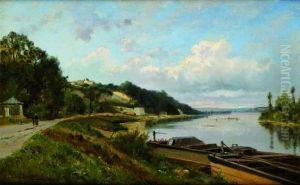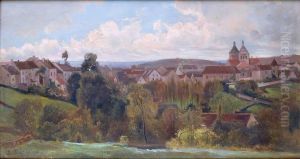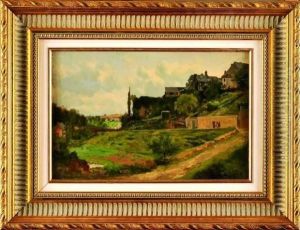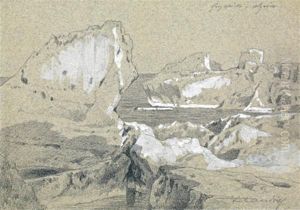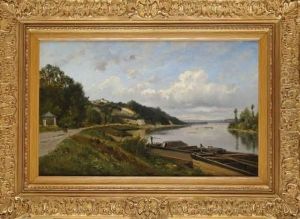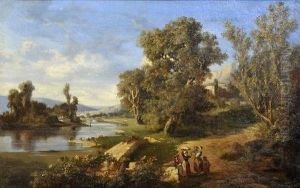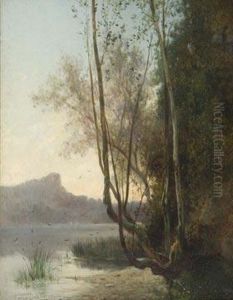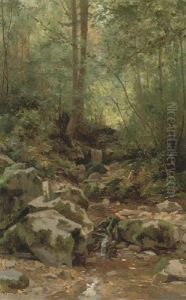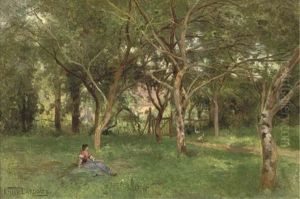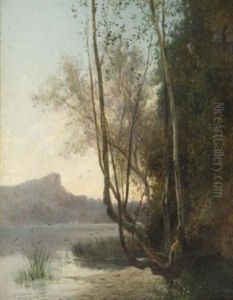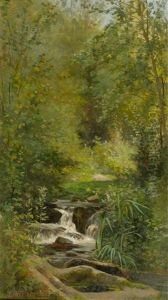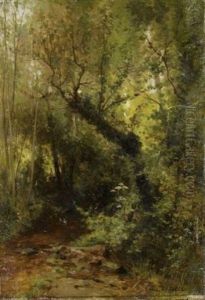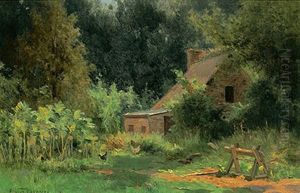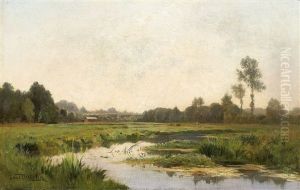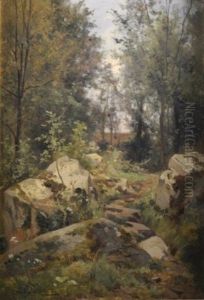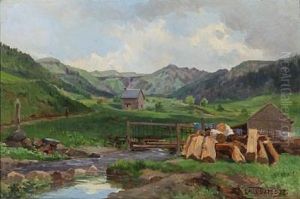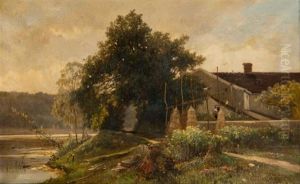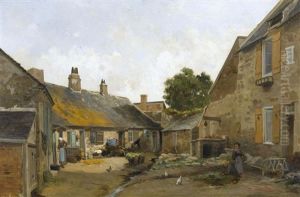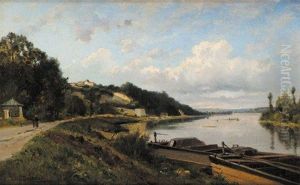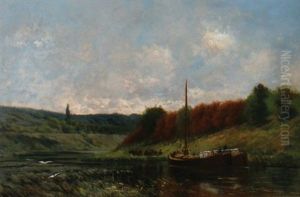Louis Emile Dardoize Paintings
Louis Emile Dardoize was a French painter born in 1826. He was an artist of considerable talent, primarily known for his landscape and genre paintings. Dardoize's work is characterized by its attention to detail, vibrant colors, and the evocative atmospheres he created, reflecting the Romantic movement's influence during his time. Despite the prominence of other art movements during the 19th century, such as Impressionism, Dardoize maintained a classical approach to painting, focusing on the beauty and precision of the natural world.
Dardoize was trained in the traditional academic style, which emphasized the importance of drawing and the study of classical and historical subjects. However, he found his true passion in painting landscapes and scenes from daily life, which allowed him more freedom to explore color and light. Throughout his career, he exhibited his work at the Paris Salon, the official art exhibition of the Académie des Beaux-Arts in Paris, which was the foremost art exhibition in France and an essential venue for artists to gain recognition.
His contributions to French art were recognized in his time, and he enjoyed the patronage of a number of art collectors and enthusiasts. Despite this, Louis Emile Dardoize has not remained as well-known as some of his contemporaries. This is possibly due to the overshadowing fame of the Impressionists, who revolutionized the art world during and after his lifetime. Nonetheless, Dardoize's paintings remain appreciated by art historians and collectors for their technical skill and the serene beauty they capture.
Louis Emile Dardoize passed away in 1908, leaving behind a legacy of work that continues to be appreciated for its contribution to the 19th-century French landscape and genre painting. His art provides a window into the past, offering viewers a glimpse of the natural and social environments of his time. Though not as prominently recognized in the broader narrative of art history, Dardoize's work upholds the values of traditional landscape painting and serves as a testament to the enduring appeal of classical artistry.
